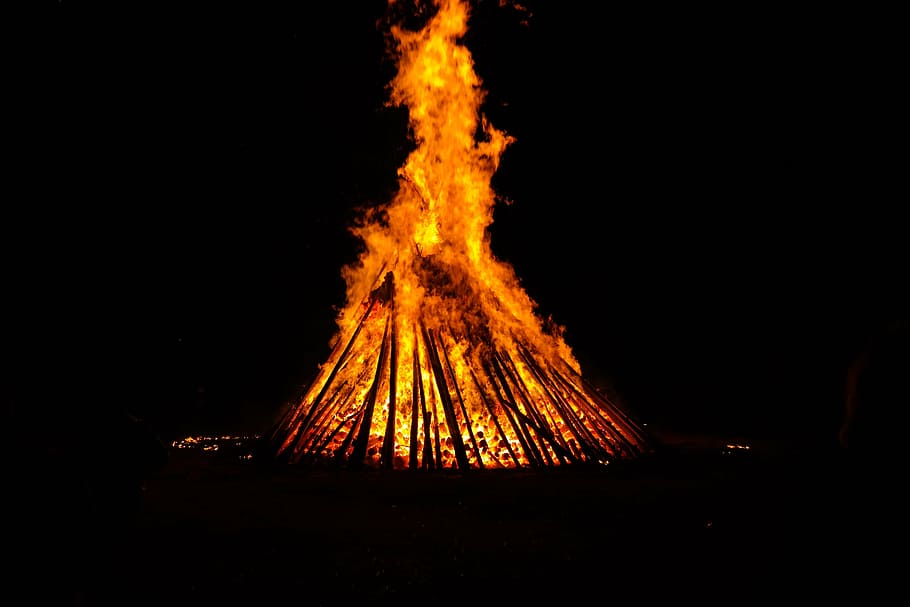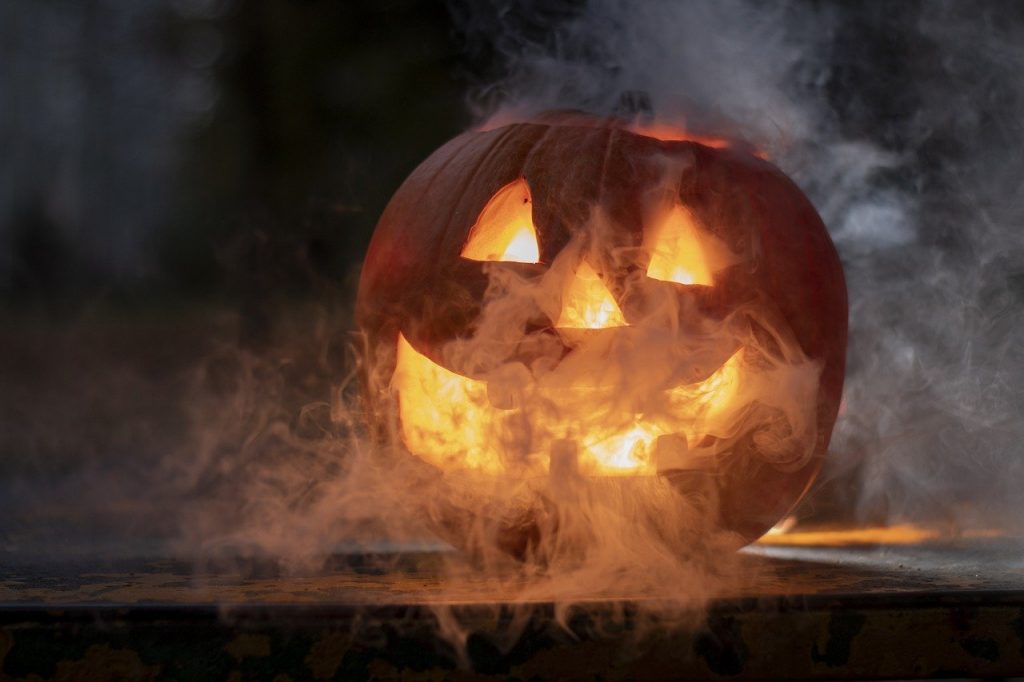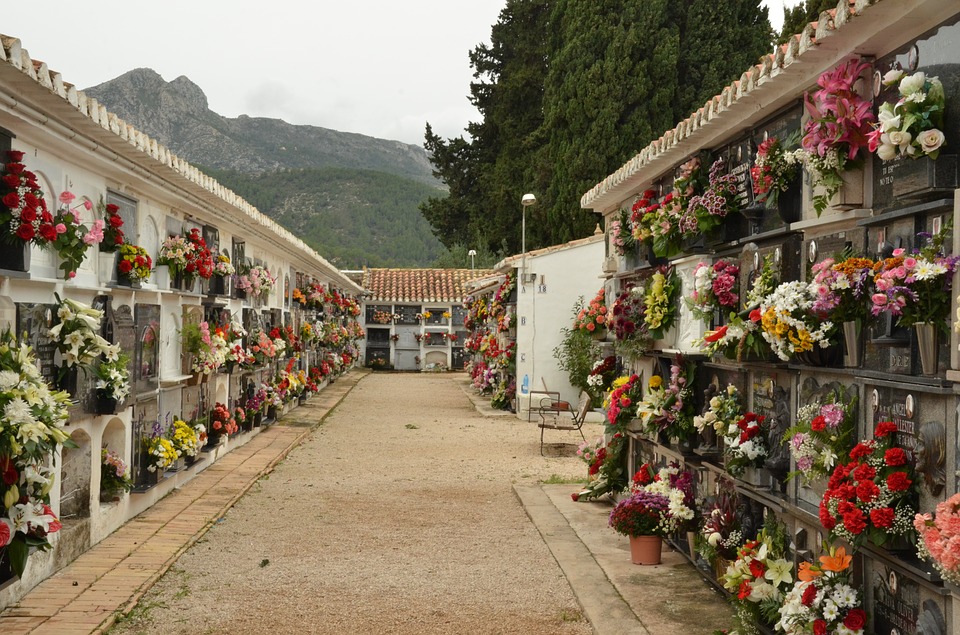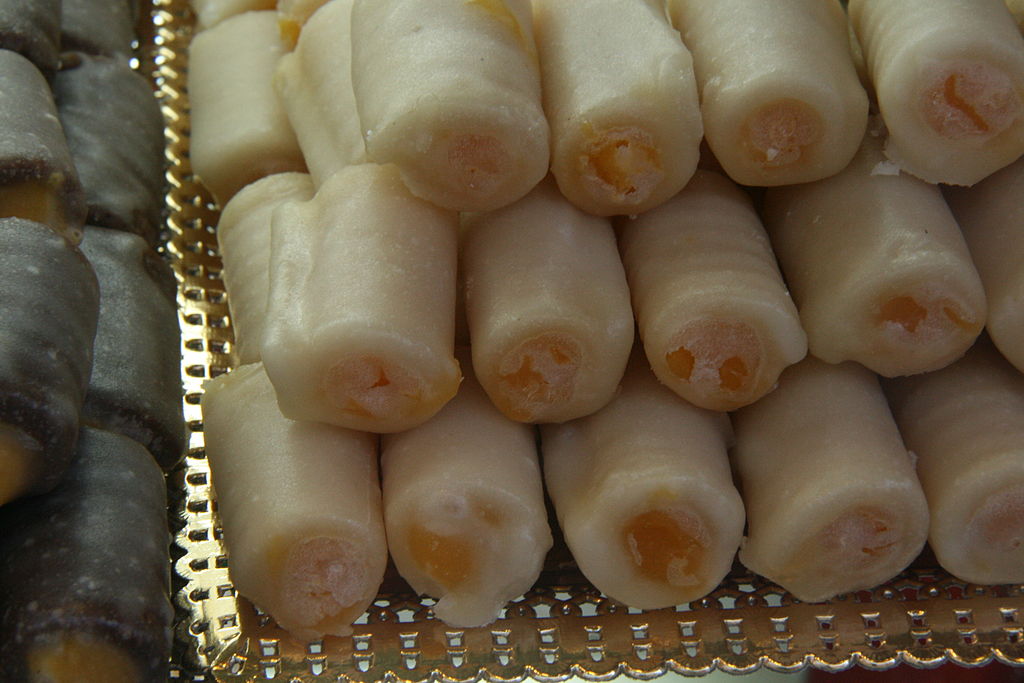While the American version of Halloween is becoming more and more popular the world over, in Spain some traditions still hold sway. How do the Spanish celebrate the Hallowed evening? And is there a version of the Day of the Dead?
In ancient Europe, when pagan religions were in the ascendency, celebrations of the dead consisted of dancing, feasting and bonfires. Some elements survived the rise of Catholicism, and as was often the case, were absorbed into the Catholic tradition. All Saints Day (1st November) and All Souls Day (2nd November) commemorate the saints of the church and the souls of the departed, respectively.
Halloween: Celtic and Pagan traditions
Halloween is an abbreviation of Hallowed Evening and in Spain is generally known as the day of the witches – Día de las Brujas.
Related post: Fiestas in Spain for your 2023 diary
Galicia retains many Celtic traditions, and the night of October 31st is Noite dos Calacús (Night of the Pumpkins). The Galicians celebrate with pumpkin carving, bonfires and rituals. A particular Halloween tradition in Galicia is drinking quemada – a strong alcoholic drink. Traditionally, prepared within a pumpkin, celebrants drink the quemada after reciting a spell (esconxuro).
Across Spain, and particularly in the larger cities, there are often ghost walks, zombie parades and bonfires.
Honouring the dead
In medieval Spain, people would take wine and pan de ánimas (spirit bread) to the graves of their loved ones on All Souls Day (Day of the Dead). They would also cover the graves with flowers and light candles to illuminate the dead souls’ way back to their homes on Earth.
The tradition of decorating graves is still strong, particularly in Andalucia. In the larger, traditional cemeteries, many families gather at the gravesides with holy water, flowers, food, and drink to rejoice. The modern cemeteries have less space for celebrations, but they are always fabulously decorated with colourful blooms.
Sweets and treats
In Barcelona, they celebrate the Catalan tradition of La Castanyada on November 1st. At numerous events, visitors are welcomed with seasonal sweets and treats, such as castanyes (chestnuts), sweet potatoes, sweet wine, and panellets – small Catalan cakes made of marzipan, almonds, and various flavours.
Other typical sweets include buñuelos de viento. A fried dough, the classic version is not filled (hence the wind). However, nowadays you can find them with different fillings but the classic one is not filled. In addition, there are huesos de santos, or bones of saints. This is a marzipan dough filled with egg yolk. There are other fillings such as plum, coconut and angel hair.
Related post: Top 15 traditional Spanish winter foods





